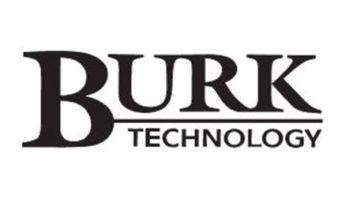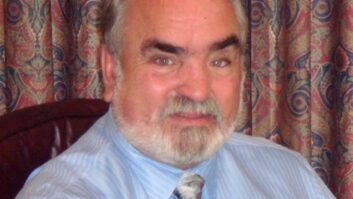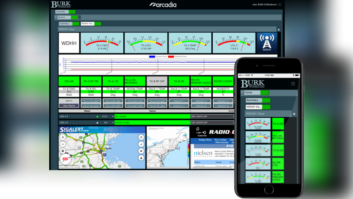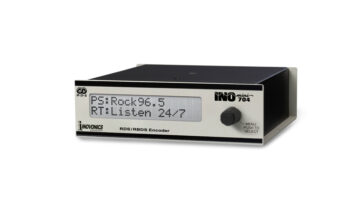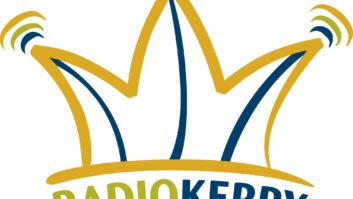RDS, secondary audio, PAD – radio is getting more powerful.
In a series of interviews, I am touching base with various industry people – to learn the perspectives of suppliers, where a great deal of the industry’s engineering expertise resides, as well as broadcasters – asking about the technologies that many think will remake the “face” of radio.
In a recent column I discussed datacasting with an executive of Broadcast Electronics. Today I chatted with Peter Burk, president and founder of Burk Technology, whose ad has appeared at the bottom of this page for 18 years (!) and who was a frequent contributor to Radio World in his days as a chief engineer.
His company is known for its transmitter remote control products, like the GSC3000, VRC2500 and ARC-16, so I was interested to find out why Burk recently began promoting an RDS product.
McLane: Where do you see RDS fitting in?
Burk: We have a different set of needs in the United States than in Europe. Although Europe has successfully been using RDS for 10 years, it hasn’t been used extensively in the United States because of how networks are organized and so forth.
It’s fairly obvious that the emphasis that brought RDS back to life is the scrolling of song title and artist. The disappointment was that receivers, many of them, don’t have the Radio Text field. You only have the little PS field that is commonly displayed.
When it became possible to scroll song title and artist in the PS field, it became a very competitive point. It’s no longer just call letters and format.
McLane: What is Burk doing?
Burk: We knew we wanted to do RDS, we saw it was a perfect fit for what we were already doing.
We identified Audemat-Aztec as the leading encoder in the world, with 10 years of experience marketing to Europe and a lot of collateral development on top of that.
We use their core engineering talent on the RDS and add to that a user interface that is designed for the United States, to add easy adaptation for automation systems, to feed the information to the RDS unit – also to provide our standard same-day repair and U.S.-based tech support.
The product is the RDS Master, an encoder based on the FMB-80 encoder. The price to the U.S. user is $2,795. The product is available through most U.S. dealers.
There are a substantial number in the field; we started shipping in the summer.
McLane: Why is this a good fit for Burk?
Burk: The market is one that we are well entrenched in. Our infrastructure is in place for that.
We have a lot of experience with embedded microprocessors and real-time data, and 20 years of subcarrier experience, doing remote control over subcarrier.
McLane: But what about HD Radio?
Burk: It’s hand in glove; they go together very well. HD Radio will use the same datastream and need to provide the same data; as the applications for datacasting continue to grow, if the RDS is capable of handling the extensions that come along and as long as there is still analog FM broadcasting, there will still be RDS.
The RDS Master uses an extensive Ethernet-driven core module that allows for extensible adaptation. The IP2 that is inherent in the RDS Master has a long pedigree.
McLane: A broader question: You told me you’ve been out visiting clients recently. What are they concerned about these days?
Burk: The biggest challenge facing engineers today is organization and education.
Having to try to learn new things is difficult as new technology comes out. It’s very tempting to say, “No, I know this old technology, I’ve invested a lot of time in it, I don’t have time to learn this new thing.”
In HD Radio, you can’t possibly use yesterday’s skills.
McLane: On the remote control side, you recently introduced new software, the Lynx 5, for the GSC/VRC series …
Burk: … with real-time updates, the fastest GSC ever. We’ve shipped over 500 copies.
McLane: Isn’t the remote control marketplace a mature one?
Burk: There is growth. You’d think of it as a replacement market, but that doesn’t account for the level of business there is.
It’s interesting that it’s been “keeping up with technology” as opposed to people wearing out remote controls. The remote controls they are replacing are technically functional but not as technically advanced.
We see a lot more interest in Ethernet and some of the additional capabilities to manage more sites effectively. What we allow people to do is take advantage of the technology advances without having to throw everything out and start over.
Our Web Interface product is a way to hook up the existing remote control to the Internet, plus other features. Also, getting on the Web is really nice; but if you don’t have good Net access at the transmitter, it’s a problem. If you’ve got a connection back to the studio for your remote control, you can put the Web Interface at the studio and tie it to the remote control and put it on the Web – so you can get on the Web without Web access at the transmitter.
Things like that make it a growth market.





